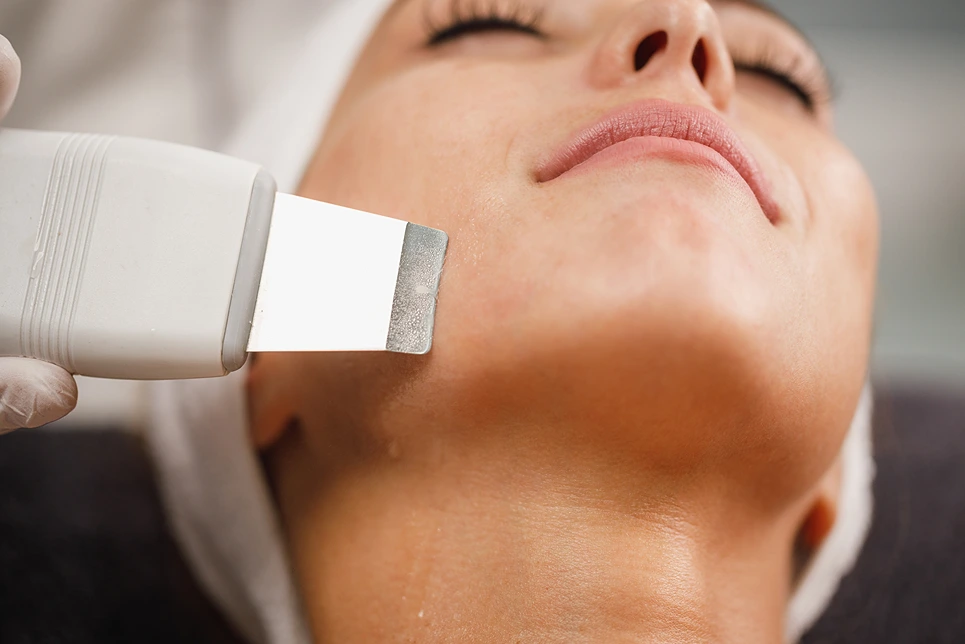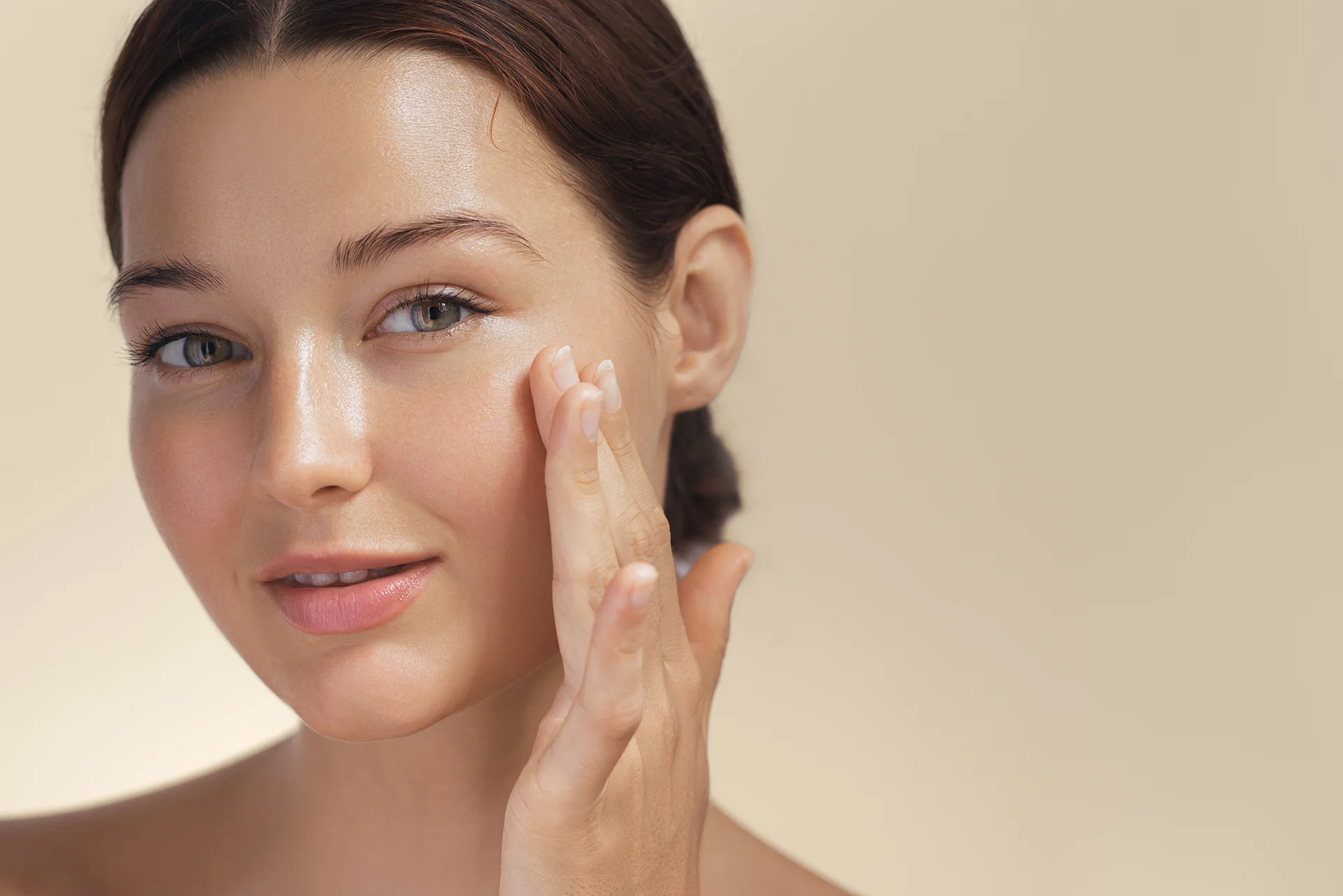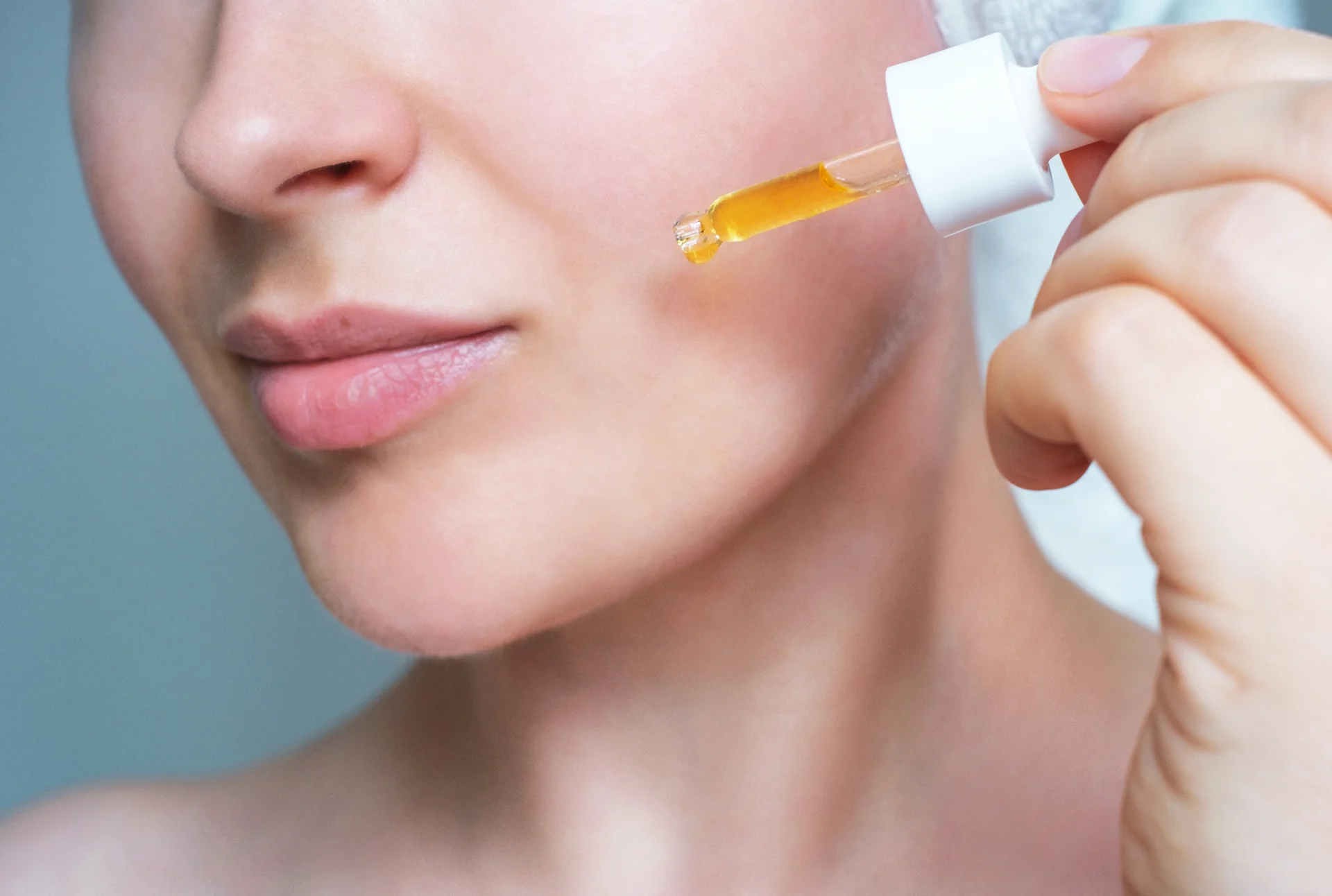Learn What Happens When You Mix Microdermabrasion and Dermaplaning

It is generally safe and common to do microdermabrasion and dermaplaning together in one treatment. Doing both procedures can provide synergistic benefits and give you the “best of both worlds.”
However, some experts recommend waiting at least 3-4 weeks if you have recently done one of the procedures before combining with the other.
What’s the Ideal Sequence of Performing Microdermabrasion and Dermaplaning?
If combining them in the same treatment, it is typically recommended to do dermaplaning first to remove fine hairs and dead skin cells before microdermabrasion for better absorption of products into the skin.
- Perform Dermaplaning first. Dermaplaning removes the fine layer of dead skin cells and vellus hair from the face. Removing this layer prepares the skin for further exfoliation and absorption of products.
- Follow Dermaplaning with Microdermabrasion. Microdermabrasion uses an exfoliating tool to further slough off additional dead skin cells and promote cell turnover. It helps improve skin texture and tone.
- Allow at least 1 week between treatments for skin recovery. While both procedures are generally painless, the skin needs time to heal between sessions.
For best results, repeat the sequence every 3-5 weeks. Multiple treatments over time are usually needed to see significant improvement in skin issues like acne scars, fine lines and uneven pigmentation.
Making an Informed Decision: Your Skin’s Needs Come First
It is important to get an accurate assessment from a dermatologist or aesthetician before combining microdermabrasion and dermaplaning treatments.
Both microdermabrasion and dermaplaning exfoliate the skin, but can differ in their level of abrasiveness. A dermatologist or aesthetician gives a thorough evaluation of the skin to determine if it can tolerate the combined treatment and to set proper expectations.
They will assess factors like the client’s skin type, concerns, goals and medical history. This allows them to recommend the most suitable approach, such as combining the treatments, alternating them, or using either individually.
While some aestheticians find value in combining microdermabrasion with dermaplaning, it is best to get an expert’s evaluation first to avoid potential complications like excessive irritation or inflammation.
Your Skin Type Matters: Tailoring Treatments for Optimal Results

While both treatments can be beneficial individually, combining them comes with some risks depending on skin type.
For oily or acne-prone skin, dermaplaning followed by microdermabrasion can be an effective way to clear pores and smooth texture. However, it’s important to avoid over-exfoliation which could lead to irritation or breakouts. Weekly or biweekly treatments with this method are usually well-tolerated.
Those with sensitive or dry skin may find that combining these treatments causes too much inflammation or stripping of the skin’s natural oils. Microdermabrasion alone could be sufficient exfoliation without the additional trauma of dermaplaning.
Using a gentle hydrating mask post-treatment and limiting sessions to every 2-4 weeks can help prevent discomfort.
The skin’s condition on the day of the treatment also matters. If it’s inflamed, broken-out, or otherwise compromised, it’s best to avoid further exfoliation and instead focus on healing and moisture.
Tailoring exfoliation methods and frequency to individual skin needs provides the best results with minimal risk of side effects.
Cost Comparison Between Single and Combined Treatments of Microdermabrasion and Dermaplaning
A single microdermabrasion treatment tends to cost slightly more on average than a single dermaplaning treatment.
However, clinics also offer combined microdermabrasion and dermaplaning treatments, which generally cost more than either single treatment alone.
- The average cost of a single microdermabrasion treatment is around $167.
- The cost of a single dermaplaning treatment ranges from $75-250 per session, with an average of around $150.
Some clinics offer combination treatments of microdermabrasion and dermaplaning. The cost of such combined treatments is typically higher than a single treatment.
Combining Microdermabrasion and Dermaplaning Post Care Tips
- Avoid heat treatments, gym, sauna, or swimming for 48 hours after the combined treatment.
- Use a gentle cleanser and apply moisturizer at least twice daily for a minimum of 7 days post-treatment.
- Keep your skin cool and calm for the first 24 hours. Avoid direct sunlight, strenuous exercise and apply sunscreen if going outdoors.
- Refrain from any other beauty treatments like Botox on your face for 2 weeks before and after to allow your skin to heal properly.
- The skin may look and feel slightly red, dry or tight after the procedure. This is normal and should subside within a few hours.
Downtime Expectations After Combined Treatments of Microdermabrasion and Dermaplaning
The expected downtime after receiving a combined microdermabrasion and dermaplaning treatment would be mild redness for a few hours with no need for extended avoidance of normal skincare or makeup routines.
Realistic expectations should be modest smoothing and brightening of the skin’s appearance over multiple treatments
What is Microdermabrasion?

Microdermabrasion is a cosmetic procedure that exfoliates the outermost layer of skin using an instrument with a crystal or diamond-tipped wand. It is used to reduce the appearance of fine lines, acne scarring, age spots and other skin imperfections.
The microdermabrasion wand sprays numerous microscopic crystals that gently sand away dead skin cells on the epidermis. This controlled abrasion stimulates circulation and collagen production, resulting in softer, brighter skin.
Some benefits of microdermabrasion include improving skin tone and texture, reducing acne scarring and the signs of aging. It is generally a safe, minimally invasive and painless procedure.
Is Microdermabrasion Good for Acne Scars?
Microdermabrasion can be an effective treatment for certain types of acne scars, specifically superficial scars like pits, boxcar scars, and enlarged pores. However, it is less effective for deeper scars such as ice pick scars.
Does Microdermabrasion Help With Wrinkles?
Microdermabrasion can help with wrinkles to some extent by:
- Exfoliating the outer layer of the skin and removing dead skin cells, which helps reduce the appearance of fine lines and wrinkles.
- Stimulating collagen production in the skin through the vacuum action of microdermabrasion. Increased collagen helps firm and tighten skin, diminishing the look of wrinkles over time.
However, microdermabrasion alone may not completely eliminate deep wrinkles.
It is more effective on mild-to-moderate fine lines and works best as part of a comprehensive skincare routine. Deeper issues like scars or stretch marks also require more aggressive treatments like dermabrasion or lasers.
What is Dermaplaning?
Dermaplaning is a cosmetic procedure that involves gently scraping the top layer of dead skin cells and “peach fuzz” (very fine vellus hair) from the face using a scalpel. Some key points about dermaplaning include:
- It exfoliates the skin and removes dead skin cells to reveal fresher, brighter skin.
- It also removes fine “peach fuzz” facial hair that is normally not visible but can dull the complexion.
- Proponents claim it can reduce the appearance of fine lines, acne scarring, and other skin imperfections.
It is generally a low-risk, non-invasive procedure that is performed by a licensed esthetician or dermatologist in their office.
Does Dermaplaning Remove Peach Fuzz Permanently?
No, dermaplaning only removes the hair at the surface and does not permanently remove or prevent new hair growth. Dermaplaning effects are not permanent as the hair will grow back in 4-5 weeks.
Is Dermaplaning Better Than Shaving for Women?

Dermaplaning provides more benefits than regular shaving for women:
Dermaplaning removes both hair and dead skin cells from the face, making the skin smoother and more radiant. Regular shaving only removes hair.
By sloughing off dead skin, dermaplaning helps fade acne scars and post-breakout marks. It can also improve the absorption of skincare products applied afterwards.
Using a surgical-grade scalpel, dermaplaning is safer and more thorough than disposable razors. Razors are more likely to cause nicks, cuts or ingrown hairs.
Dermaplaning is typically performed by a professional esthetician, ensuring proper technique and minimizing risks. At-home shaving runs the risk of improper technique leading to skin irritation.







